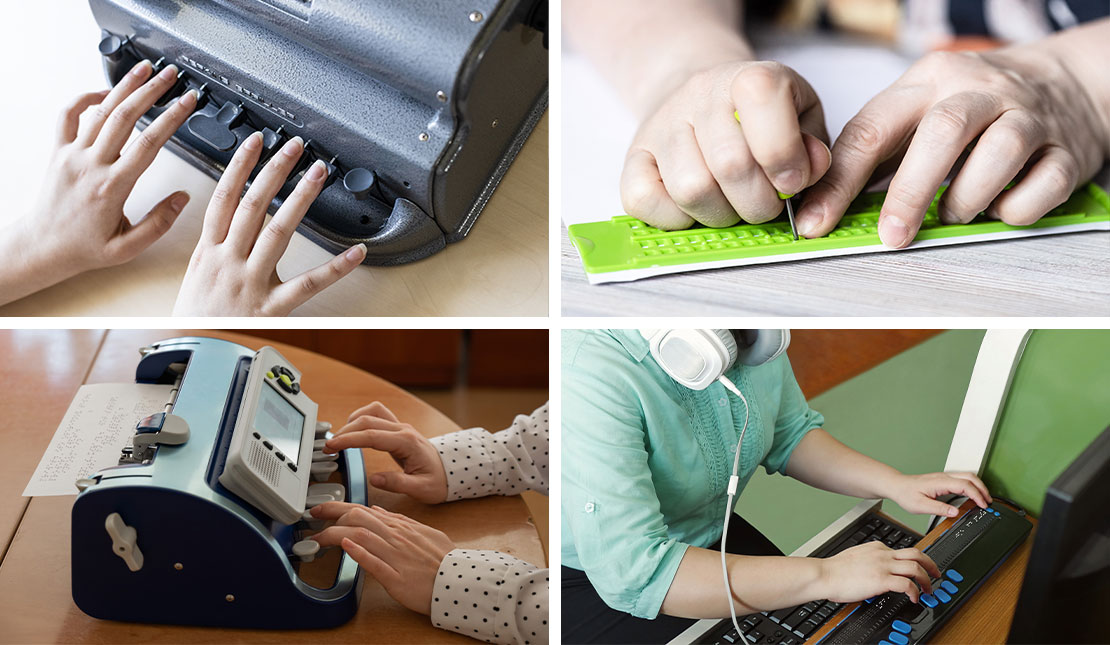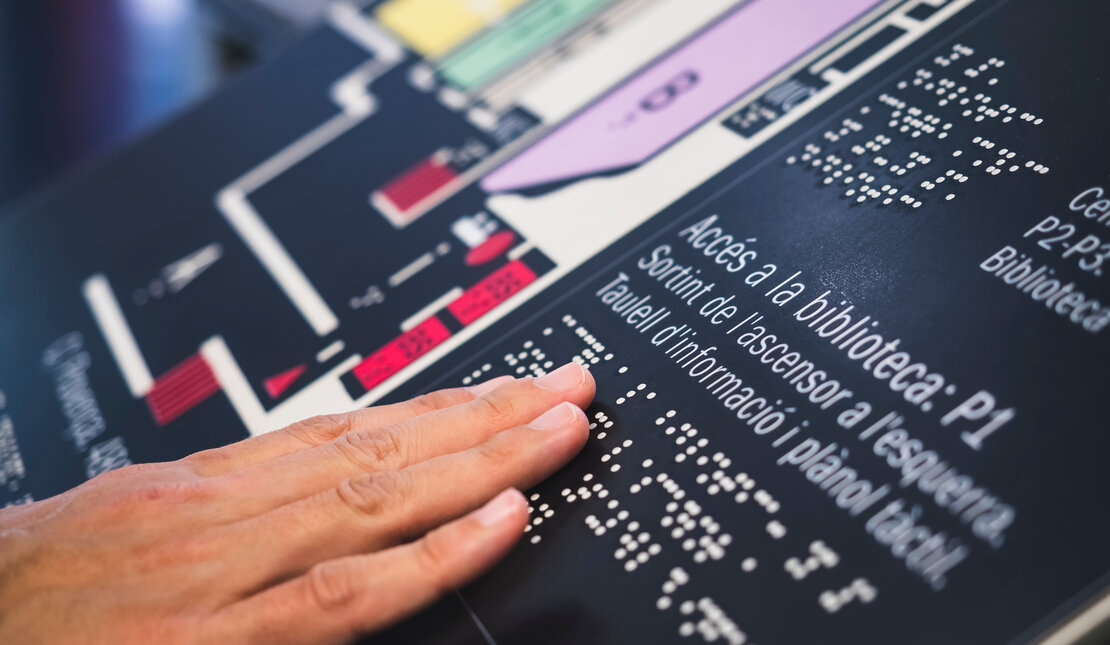Braille In the Digital Age: Why It Still Matters?
World Braille Day, observed annually on January 4th, raises awareness about the importance of Braille as a means of communication for people who are blind or partially sighted. Celebrated since 2019, this day commemorates the birth of Louis Braille, who invented the tactile reading and writing system. It emphasizes the importance of accessible information and communication.
In today’s tech-driven world, where screen readers, voice assistants, and audiobooks dominate the accessibility landscape, one might wonder: does Braille still hold its relevance? As someone who is blind, I can affirm that Braille remains a cornerstone of accessibility, as it offers benefits that technology alone cannot offer.
The Evolution of Braille
Braille is a tactile method of reading and writing, composed of six raised dots on a grid that form letters, numbers, and other symbols. With 63 unique combinations, Braille can be adapted to almost every language.
Besides the standard literary Braille, specialized codes have been developed to accommodate diverse fields of knowledge:
- Music Braille: Represents musical notation, allowing people who are blind to read and write music, including notes, rhythms, and other symbols.
- Computer Braille Code: Developed by the Braille Authority of North America (BANA), this code represents computer-related symbols and commands.
- Nemeth Braille: Designed for mathematics and general science, it includes specialized symbols for equations and formulas.
- Chemical Braille: Used for chemical symbols, formulas, and equations.
Methods of producing Braille have also advanced. Digital Braille displays, refreshable Braille readers, and Braille eBooks combine the tactile experience of Braille with the convenience of technology. These tools offer people who are blind or partially sighted greater flexibility in accessing information.

A Tool for Literacy
Braille is key for developing literacy skills among people who are blind. It provides a foundation for education, personal growth, and employment.
While audiobooks and screen readers grant access to information, they cannot teach the fundamental rules of spelling, grammar, punctuation, and sentence structure. As a Braille user, I can testify that reading Braille enhances cognitive engagement in ways auditory tools cannot. The tactile process of decoding letters and symbols enhances concentration and active learning, offering a deeper interaction with content.
Promote Independence
Braille allows people who are blind to manage daily tasks independently. From labeling everyday items like medicine bottles and canned goods to navigating elevators and signage, Braille allows users to interact with their environments without assistance. It also ensures privacy in tasks such as reading personal tax returns or bank statements.
Enhance Access to Technology
Even with advances in technologies, Braille remains an essential tool, as it provides a tactile connection that complements digital tools. Today, a wide array of devices integrate Braille into modern technology, including:
- BrailleType: A single-touch text-entry system for touch screen devices, allowing users who are blind to manually write Braille.
- Smart Braille Watches: These devices use small Braille cells to display time, date, and other information discreetly on a user’s wrist.
- The Haptic Chair: Communicate emotions like smiles or anger from an opposite person through tactile sensations, and can translate text into Braille-like bumps.
- Blind Maps: Navigation tools that sync with smartphones to provide directions via a Braille-like interface.
- Tactile Maps: 3D-printed tools designed to teach people who are blind how to navigate intersections and traffic signals.
While technology has transformed how we access information and navigate daily life, Braille remains an essential tool for people who are blind or partially sighted. It continues to enhance literacy, independence, and accessibility, ensuring greater inclusion in most aspects of life.







